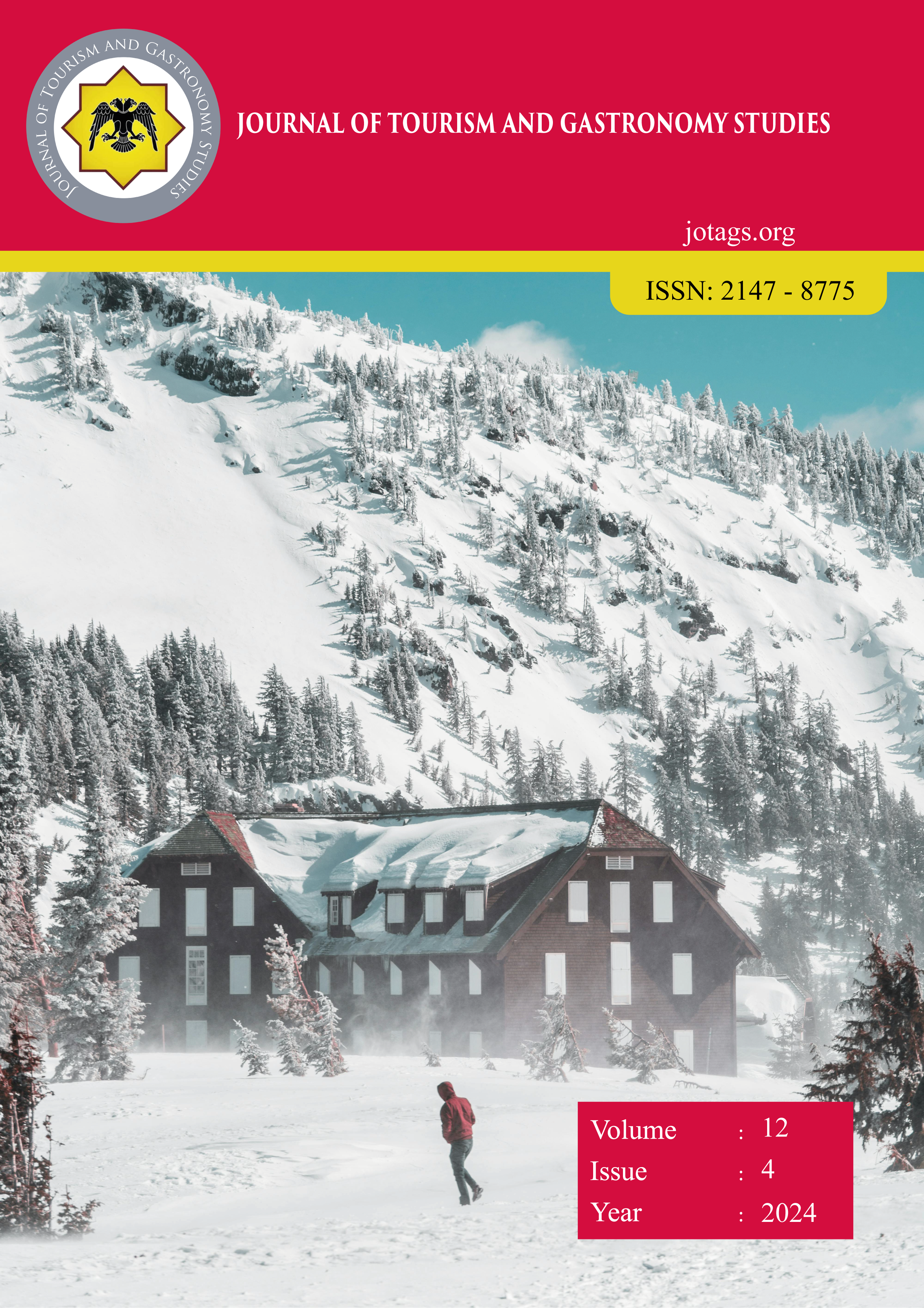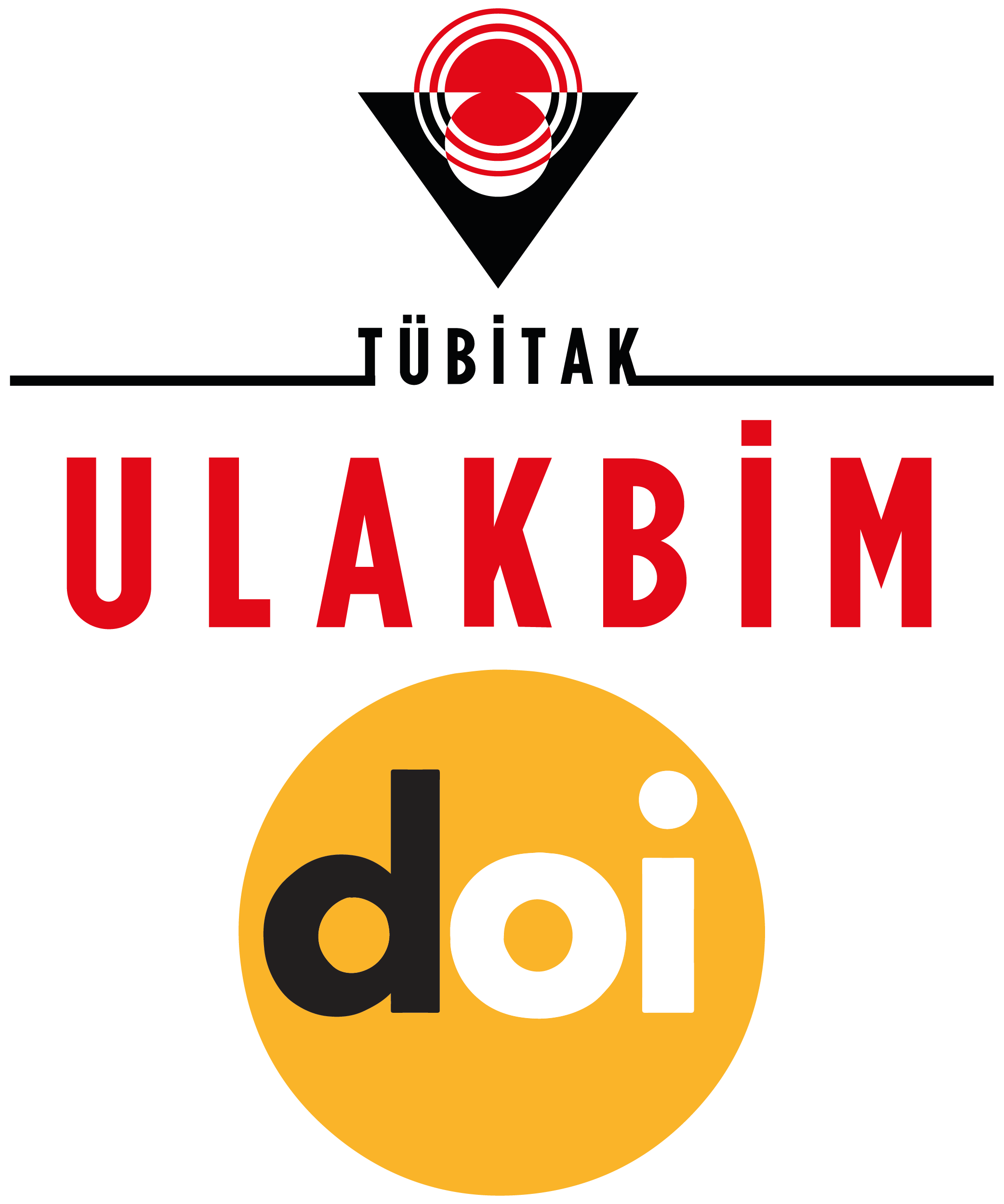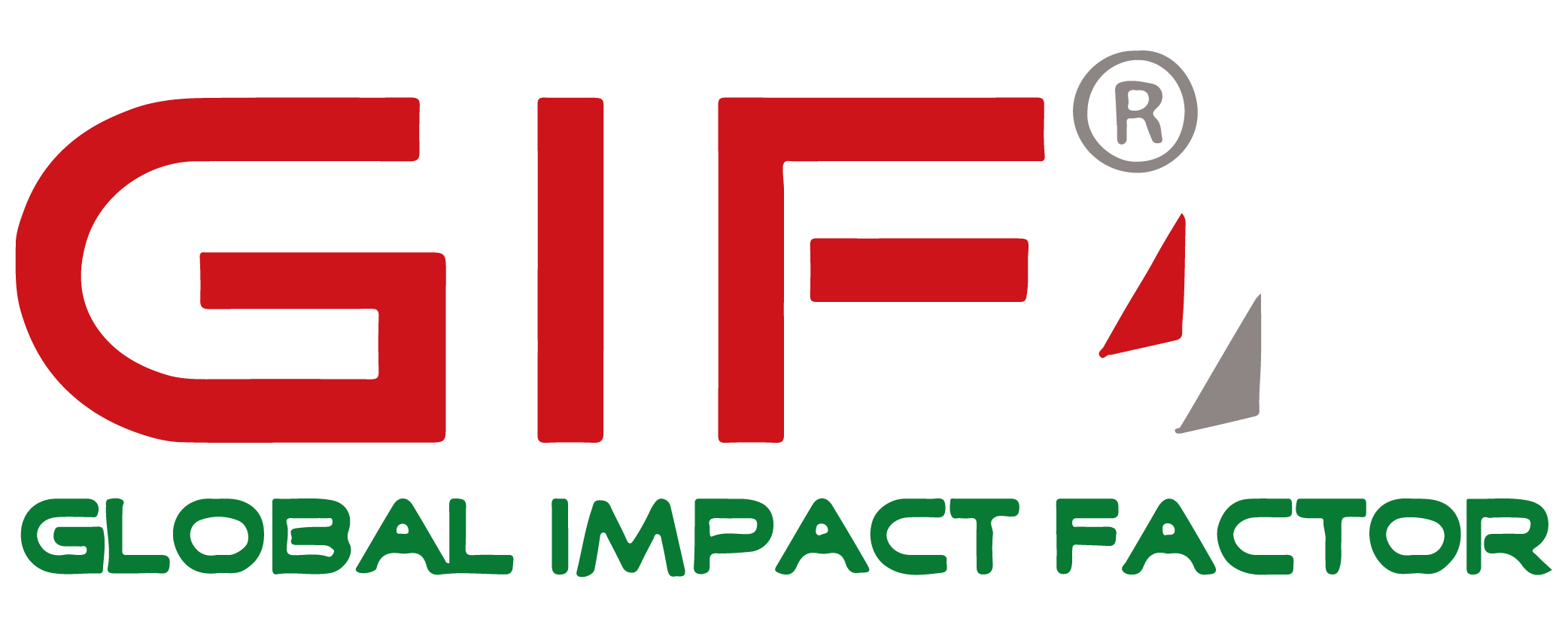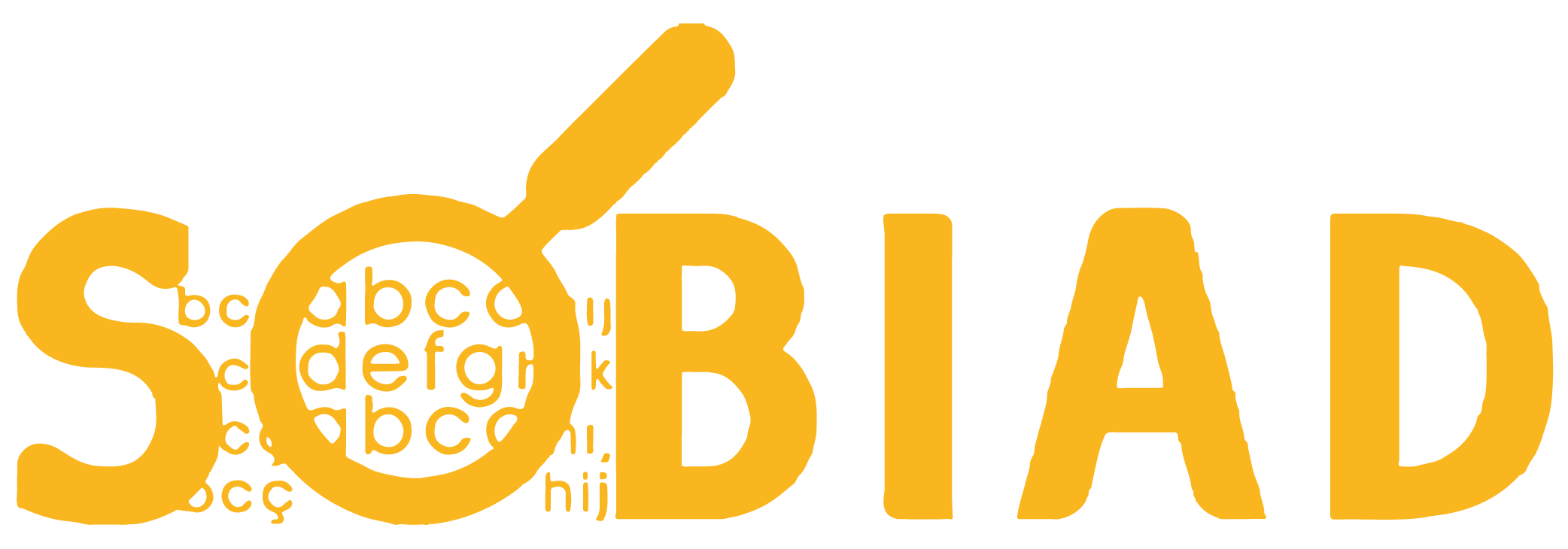Yeme-İçme Sektöründe Yaşanılan Dijital Dönüşüme Yönelik Mutfak Şeflerinin Bakış Açısı: Mersin İli Örneği (The Virtual Transformation in The Food and Beverage Industry and The Perspective of Chefs: The Case of Mersin)
DOI:
https://doi.org/10.21325/jotags.2024.1492Keywords:
Chef, Virtual reality, Augmented reality, Restaurant, MersinAbstract
In recent years, advanced technology applications such as virtual reality (VR) and augmented reality (AR) have emerged as significant tools that enable chefs to enhance their creativity and skills. This study examines the perspectives of chefs on the use of VR and AR applications. To this end, the qualitative research method of face-to-face interviews was employed. Interviews were conducted with 15 expert restaurant chefs located in Mersin. The data were analyzed and visualized using Microsoft Power BI. The results indicate that while the sector conditions in Mersin are not yet optimal, the positive outlook of chefs towards VR and AR applications highlights the potential of these technologies to increase creativity and efficiency. These technologies allow chefs to prepare innovative and delicious dishes by integrating them with traditional cooking methods, while also having the capacity to improve kitchen operations. In the future, it is expected that chefs will adopt and utilize these technologies more widely.
References
Azuma, R., Baillot, Y., Behringer, R., Feiner, S., Julier, S., & MacIntyre, B. (2001). Recent advances in augmented reality, IEEE Computer Graphics & Applications, 21 (6), 34–47.
Batat, W. (2021). How augmented reality (AR) is transforming the restaurant sector: Investigating the İmpact of “Le Petit Chef” on customers’ dining experiences. Technological Forecasting and Social Change, 172, 121013.
Berg, B. L., & Lune, H. (2015). Sosyal bilimlerde nitel araştırma yöntemleri. (Çev. Aydın H.). Konya: Eğitim Yayınevi.
Berryman, D. R. (2012). Augmented reality: A review, Medical Reference Services Quarterly, 31(2): 212-218.
Biocca, F., & Levy, M. R. (1995). Communication in the Age of Virtual Reality. Routledge.
Braun, V., & Clarke, V. (2006) Tematik analitik kullanma-Psikolojide SIS. Psikolojide Nitel Araştırma, 3 (2). Pp.77-101. ISSN 1478-0887.
Cankül, D., Sönmez, B., & Doğan, A. (2018). Yiyecek içecek işletmelerinde inovasyon ve artırılmış gerçeklik uygulamaları ınnovation and augmented reality applications in food and beverage companıes. Journal of Business Research - Turk, 10(3), 576–591.
Cruz-Neira, C., Sandin, D. J., DeFanti, T. A., Kenyon, R. V., & Hart, J. C. (1992). The CAVE: audio visual experience automatic virtual environment. Communications of the ACM, 35(6), 64-72.
Demirezen, B. (2019). Artırılmış gerçeklik ve sanal gerçeklik teknolojisinin turizm sektöründe kullanılabilirliği üzerine bir literatür taraması. İnternational Jounal of Global Tourism Research. 3(1).
Discover Anatolia. (2024) Mersin: A Gastronomic Paradise (Erişim Tarihi:14.03.2024). https://anatoliansecrets.com/mersin-a-gastronomic-paradise/
Expat Guide (2024). Mersin City Guide. (Erişim Tarihi:03.04.2024) https://expatguideturkey.com/mersin-city-guide/
Feiner, S., MacIntyre, B., Höllerer, T., & Webster, A. (1997) A touring machine: prototyping 3d mobile augmented reality systems for exploring the urban environment, Personal Technologies, 1 (4): 208-217.
Feiner, S. (2002). Augmented reality: a new way of seeing, Scientific American, 286 (4):48-55.
Flavián, C., Ibáñez-Sánchez, S., & Orús, C. (2019). The impact of virtual, augmented and mixed reality technologies on the customer experience. Journal of Business Research, 100, 547-560.
IEEE VR., 2023 “IEEE VR 2023 Papers” (Erişim Tarihi:10.03.2024) https://ieeevr.org/2023/program/papers/
Gülel, Z., & Arabacıoğlu, B. C. (2019). Artırılmış gerçekliğin (Ag) mekan tasarımı eğitiminde kullanımına potansiyeller ve kısıtlamalar ışığında güncel bir bakış. Sanat ve Tasarım Dergisi, (23), 151-177.
Jang, H. W., & Lee, S. B. (2020). Serving robots: Management and applications for restaurant business sustainability. Sustainability, 12 (10), 1-15.
Kim, M. J., Lee, C. K. & Jung, T. H. (2021). Exploring consumer behavior in virtual reality tourism using an extended stimulus-organism-response model. Journal of Travel Research, 60(8), 1643-1658.
Korsgaard, D., Nilsson, N. C., & Bjørner, T. (2017). Immersive eating: Evaluating the use of head-mounted displays for mixed reality meal sessions. In 2017 IEEE 3rd Workshop on Everyday Virtual Reality (WEVR) (pp. 1-4). IEEE.
Kulakoğlu Dilek, Nur. (2020). Turizm Sektöründe Sanal Gerçeklik Teknolojisinin Kullanımına ve Etkisine Yönelik Keşifsel Bir Araştırma. (Yayımlanmamış Doktora Tezi). İstanbul Üniversitesi Sosyal Bilimler Enstitüsü Turizm İşletmeciliği Anabilim Dalı, İstanbul.
Heilig, M. (1962). Sensorama Simulator. U.S. Patent No. 3,050,870.
Huang, Y. C., & Hsu Liu, C. (2014). Formation of augmented-reality interactive technology’s persuasive effects from the perspective of experiential value. Internet Research, 24(1), 82-109.
Lanier, J. (2017). Dawn of the New Everything: Encounters with Reality and Virtual Reality. Henry Holt and Co.
Lee, K. (2012). Augmented reality in education and training. TechTrends, Volume: 56, Number: 2, March/April, 13-21.
Lee, H., & Kim, S. (2019). Adoption of virtual reality in hotel services: A study in major cities. Tourism Management Perspectives.
Lu, L., Zhang, P., & Zhang, T., C. (2021). Leveraging “Human-Likeness” of robotic service at restaurants. International Journal of Hospitality Management, 94, 1- 9.
Mersin Ticaret ve Sanayi Odası, 2024 “Bir Dünye Kenti Mersin” (Erişim Tarihi: 11.01.2024) https://www.mtso.org.tr/tr/a/bir-dunya-kenti-mersin
Pallavicini, F., Pepe, A., & Minissi, M. E. (2019). Gaming in virtual reality: What changes in terms of usability, emotional response and sense of presence compared to non-immersive video games? Simulation & Gaming, 50(2), 136-159.
Punch, K. F. (2005). Sosyal araştırmalara giriş, (Çev.) Bayrak D., Arslan H. B. ve Z. Akyüz, Ankara: Siyasal Kitabevi.
Sağlam, D. (2019). Trabzon İlinde Kültür Turizmi ve Turizm Planlamasına Etkisi. (Yayınlanmamış Yüksek Lisans Tezi). Çanakkale: Çanakkale Onsekiz Mart Üniversitesi Eğitim Bilimleri Enstitüsü.
Sertalp, E. (2017). Müzelerin Tanıtım Kitaplarında Artırılmış Gerçeklik (Ag) Teknolojisi Kullanımı: Ankara Anadolu Medeniyetleri Müzesi Kitabı Örneği. Hacettepe Üniversitesi Güzel Sanatlar Fakültesi Sanat Yazıları, Sayı: 36, Mayıs, 107-120.
Sevencan, F., & Çilingiroğlu, N. (2007). Sağlık alanındaki araştırmalarda kullanılan niteliksel veri toplama yöntemleri. Toplum Hekimliği Bülteni, 26(1), 1-6.
Smith, J., & Jones, M. (2021). Enhancing Customer Experience Through Augmented Reality in Hospitality. International Journal of Hospitality Management.
Sutherland, I. E. (1965). The Ultimate Display. Proceedings of the IFIP Congress, 506-508.
Sutherland, I. E. (1968). A head-mounted three-dimensional display. Proceedings of the December 9-11, 1968, fall joint computer conference, part I.
TasteAtlas (2024). Top 4 foods in Mersin (Erişim Tarihi: 02.04.2024) https://www.tasteatlas.com/best-rated-dishes-in-mersin-province
Pérez, A., et al. (2020). The impact of virtual reality on restaurant training. Journal of Culinary Science & Technology.
Jerald, J. (2015). The VR Book: Human-Centered Design for Virtual Reality. ACM Books.
Yıldırım, A., & Hasan Ş. (2006). Sosyal bilimlerde nitel araştırma yöntemleri. Seçkin Yayıncılık.
Yılmaz, T. (2022). Virtual reality applications in culinary arts: A comprehensive review." Culinary Education and Technology Journal.
Downloads
Published
How to Cite
Issue
Section
License
Copyright (c) 2024 Journal of Tourism & Gastronomy Studies

This work is licensed under a Creative Commons Attribution-NonCommercial 4.0 International License.








